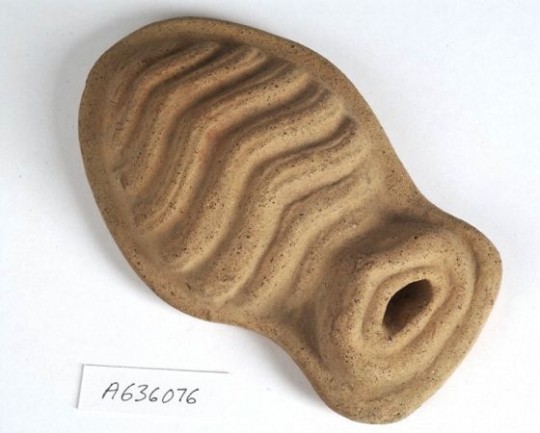Ancient objects shed light on how people once understood their bodies.
Ancient objects shed light on how people once understood their bodies

A recent post on the Wellcome Collection blog examines how ancient artifacts, such as this Etruscan votive offering, can provide fascinating insights into cultures that existed thousands of years ago and how people at this time understood their bodies. Catherine Walker writes:
The knowledge of what was going on inside the body was limited, so what couldn’t be observed would have been assumed. If we take the votive uterus pictured above as an example, we can see that there was little knowledge of what the organ actually looked like. Autopsies would not have been carried out at this time; there are isolated cases in third-century BCE Alexandria, but these are not the norm. The form of this votive is based on assumptions and what observation could have been made. They would have been aware of the function of the organ and could have observed childbirth, so we see that this understanding has been incorporated into the votive as the wavy lines represent contractions…
This is why these votives are my favourite objects in the Medicine Man gallery. While we can gain insight into how much people knew about what was going on inside their bodies from classical texts, these votives show us how this knowledge impacted day-to-day life.
The full post is worth a read and will give you a greater appreciation of the dramatic advancements in both medicine and the technologies used to better understand our bodies.
By Lia Steakley
Stanford University Medical Center
Photo by Wellcome Images
###
* Stanford University Medical Center integrates research, medical education and patient care at its three institutions – Stanford University School of Medicine, Stanford Hospital & Clinics and Lucile Packard Children’s Hospital.
** The above story is adapted from materials provided by Stanford University School of Medicine
________________________________________________________________



















